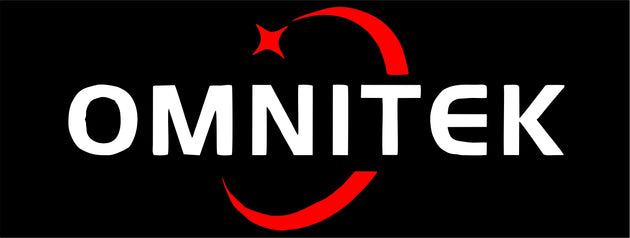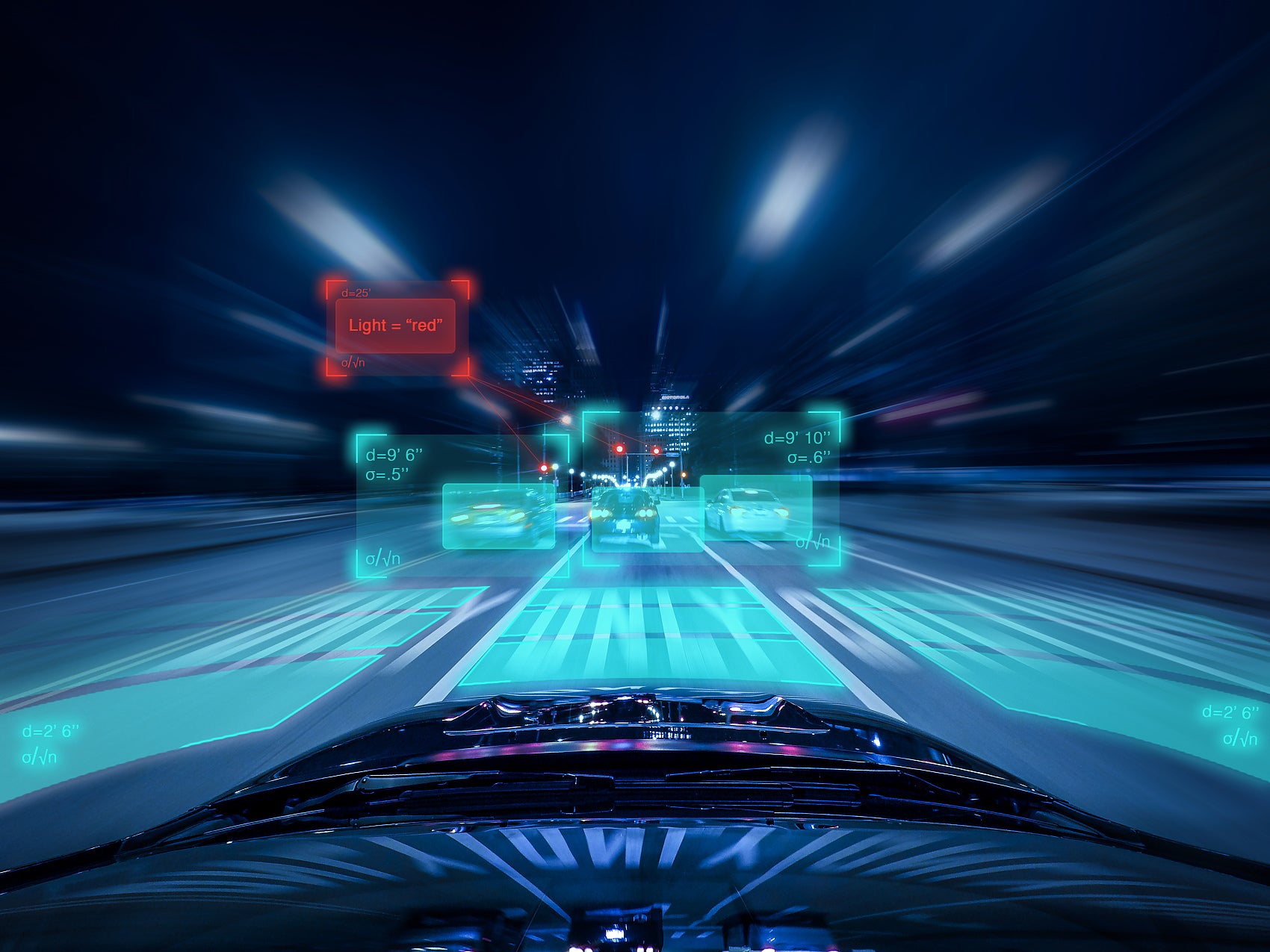How does an In-vehicle Infotainment System work?
In-vehicle infotainment works in integration with many other in-vehicle and external systems to deliver entertainment and information to the driver and passengers.
The main components of an in-vehicle infotainment systems are:
Integrated Head-Unit: In-vehicle infotainment head unit is a touch screen based, tablet-like device, mounted on the vehicle’s dashboard. With user friendly HMI, the head unit acts as a perfectly connected control center for the infotainment system.
Heads-Up Display: Automotive heads-up display is an integral part of high-end infotainment systems, which displays the vehicle’s real-time information on the transparent screen integrated with the vehicle’s windshield. Heads-up display helps in reducing the driver’s distraction while driving and assists him with key details like speed, navigation maps, electronic digital cluster (information from vehicle’s OBD port-II), climate, multimedia options, etc.
High-end DSPs and GPUs to support multiple displays: New age infotainment systems are powered by powerful automotive processors designed for advanced IVI systems. These automotive processors are capable of displaying content on multiple displays (e.g. Head-up Display or Windshield, Connected smartphones, Head Unit, and more) and delivers an enhanced in-vehicle experience to drivers and passengers.
Operating Systems: In vehicle infotainment systems require operating systems that are capable of supporting connectivity, convenience functions, and downloadable software applications to integrate new functions in the system. Operating systems like Android, Linux, QNX, Windows are leading the infotainment segment.
CAN, LVDS and other network protocol support (as per the requirement): The electronic hardware components in infotainment systems are interconnected with certain standardized communication protocols such as CAN (Controller Area Network). CAN or any other network protocol support allows microcontrollers and devices to communicate with each other in applications without the host computer.
Connectivity Modules: Infotainment systems encompass GPS, Wi-Fi, and Bluetooth modules to provide connectivity with external networks and devices. These modules help in establishing services like navigation, internet connectivity and smartphone integration with the infotainment system.
Automotive Sensors Integration: Proximity sensors, gesture recognition sensors for detecting ambient light, camera sensors and many other in-vehicle sensors integrate with infotainment systems to provide safety-related information to the driver and passengers.
Digital Instrument Cluster: Hi-tech infotainment systems have transformed the automotive cockpit designs from static displays of the in-vehicle instruments to digital instrument clusters. Digital instrument clusters include digital displays of the traditional analog gauges in the vehicle like speedometer, RPM, odometer, etc.
-
Control Elements: All the functionalities in the latest in-vehicle infotainment systems can be accessed and controlled using touch screen panel of the head unit, button panel, steering wheel controls and voice commands.
- Support Vehicle Functions: Infotainment systems support vehicle functions like parking assistance and lighting features (DRL). Park Assistant notifies the driver in case of any obstacle in the vehicle’s path and helps to maintain a safe distance from the obstacle. Parking assistance system is equipped with a rear view camera and video feed from the camera is displayed on the system screen only when reverse gear is engaged. If the vehicle is being driven in a dark location, DRL (Daytime running Lamps) can be switched on/ off via the infotainment system.
- Digital Instrument Cluster: The digital instrument cluster consists of digital displays of the traditional analog gauges like odometer, speedometer, RPM, and others.
- Automotive Sensors Integration: This component consists of gesture recognition sensors, proximity sensors, and camera sensors that integrate well with the infotainment system to provide safety-related information to the driver.

